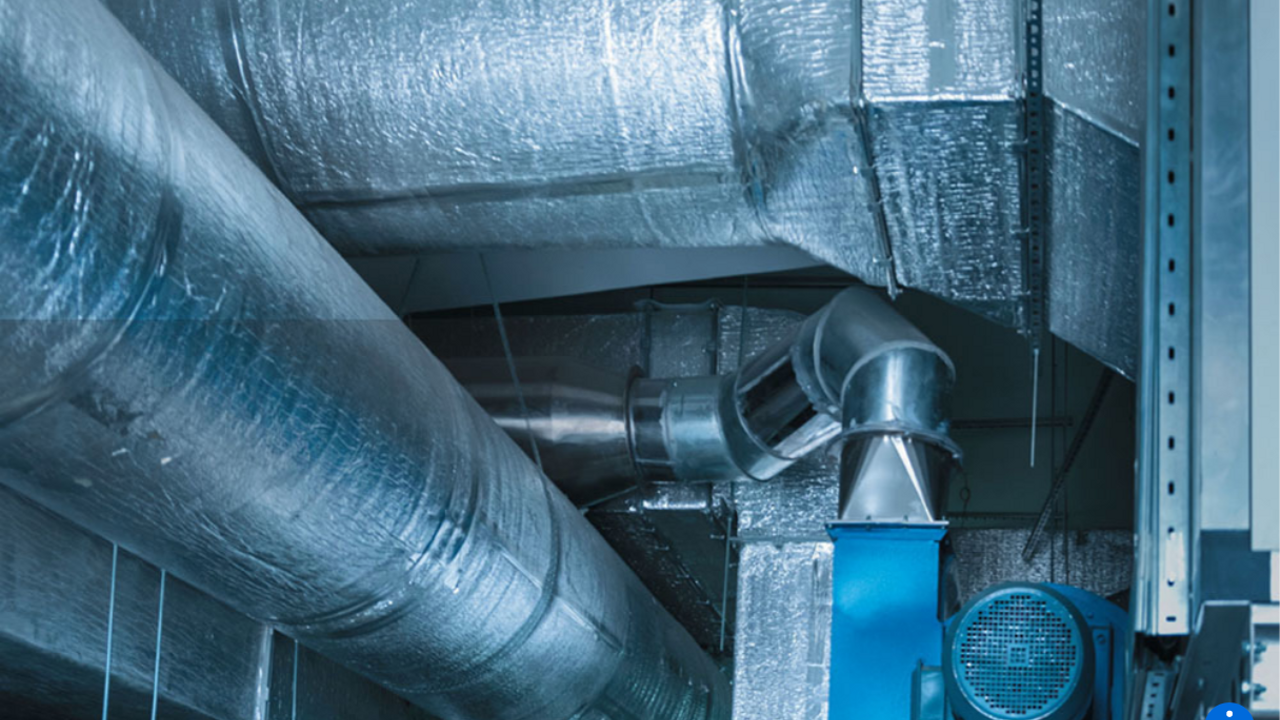Blog
Stay up to date with all the latest community association industry news. Subscribe to this blog and receive notifications of new posts by email here
Fall President's Message: Cautious Optimism

By , CMCA, AMS, PCAM
The Fall 2021 Issue of The Communicator focuses on architectural modifications and owners’ protected uses. Residents are drawn to common interest development living for many reasons. Among those reasons are the covenants, conditions, and restrictions that, in part, are designed to deliver a uniform and visually appealing community experience. However, layered over this, and sometimes in direct conflict with the association’s general plan as articulated through its governing documents, is a continually evolving stream of legislation that affords residents certain protections regardless of what the governing documents indicate. Over the years we have seen these protections applied to satellite dish installations, solar systems, flags and banners, vehicle charging stations and ADU/JDU units, to name just a few. To co-exist, associations must understand these protections and craft their rules and regulations, policies and procedures, and future amendments...
Skyrocketing Construction Costs Leave HOAs to Cope with Underfunded Projects

Tackling the uncertainties: best practices for bidding, budgeting, and contracting in HOA projects.
By Regan Brown and Chris Sigler, B.S.C.E., CDT
This article first appeared in The Communicator, Spring 2021. To read more, click here.
Over the past four years, skyrocketing construction costs have created various forms of havoc throughout the construction industry, to the surprise of many HOAs in need of project work. The increases have taken on various forms. In 2017-18, a strong economy and a demand for housing fueled a labor shortage, showing an overall increase of almost 30 percent in construction costs nationwide; in 2019, political tariffs and multiple natural disasters fueled the next wave of increases, this time affecting material costs.
The Pandemic’s Impact On Cost Increases
2020, the year that will go down in history for the global pandemic, brought several new factors creating price changes that we had not experienced before. When the shelter in place orders started i...
Effective Communication During a Construction Defect Claim in the New Normal

By Ritchie Lipson, Esq. and Scott Thomson, Esq
This article first appeared in The Communicator, Spring 2021. To read more, click here.
Effective communication within a homeowners association is always important. Once an association brings a construction defect action against the builder, communication and cooperation among the board, community association manager, and the construction defect attorney become essential. However, with the outbreak of COVID-19, communication and cooperation regarding construction defects will most likely remain permanently changed.
A construction defect action by a homeowners’ association usually begins with a Notice of Commencement of Legal Proceedings under the Calderon Act (Civil Code § 6000 et seq.), which concurrently meets the need for a Notice of the Claim pursuant to SB800. However, before the attorney may prepare such notice, he or she must investigate the defects in the community and discuss the identified defects with the board and the comm...
LSC: Be the Change

By Janet Quinn-Dennis
This article first appeared in The Communicator, Winter 2021. To read more, click here.
Early in my career I realized that I was frustrated with many of the laws that affected the CID industry. Case law, as well as legislative law, seemed ineffective at holding back the tide of special interest groups that wanted to have a say in the way our homeowners and directors lived their lives.
Then, sometime in the mid-1980s, I was introduced to a mentor who would show me ways in which I could legislatively direct my passion for this industry. This person was the one and only Beth Grimm. She was heavily involved in CAI’s California Legislative Action Committee (CLAC). Beth served as a delegate for the Bay Area/Central Chapter, as well as the PR chair on the Executive Committee. She encouraged me to participate on the local Legislative Support Committee (LSC) at that time and introduced me to other statewide delegates.
The hook was set during my first Legislative Day a...
HVAC Maintenance, Defects, and Disclosures in the Coronavirus Era

By Ritchie Lipson, Esq., Brittany Grunau, Esq., and J. Scott Friesen, P.E.
This article first appeared in The Communicator, Winter 2021. To read more, click here.
As COVID-19 continues to spread throughout the population and the scientific community is still researching the many unknowns of the virus, it is vital that managers and boards of directors are diligent in their maintenance of buildings so as to keep occupants safe as well as to avoid potential liability. An open letter supported by 239 scientists, dated July 6, 2020, stated that there is a "real risk" that the coronavirus can be airborne. (Morawaska L, Milton, D. It is Time to Address Airborne Transmission of COVID-19, July 6, 2020). While there is little information known on ventilation and filtration requirements and the impact on the spread of COVID-19, it can be reasonably inferred that knowledge of how your system works and reacting accordingly could be an important mitigation factor. Maintenance of HVAC systems and ...
Zoom Meetings Connect Members During COVID-19

With California’s shelter in place order, many are learning new ways to stay connected remotely. Businesses are quickly adapting to virtual meetings in order to continue business during the COVID-19 pandemic.
We understand these are uncertain times and don’t want technology to add to our members’ stress. Whether your business is new to video conferencing or an experienced practitioner, engaging virtually with each other will continue to be the future of business planning.
To help jumpstart members that are new to video teleconferencing, we’ve outlined five benefits of Zoom – one of the most affordable and best video solutions on the market.
#1 It’s Easy To Use
With Zoom, there's no need to combine various video conferencing solutions in order to achieve great results for online business meetings. Zoom's Meeting Connector is free and provided as an Open Virtualization Format (OVM), which can be installed (and distributed globally) in minutes. Set up is simply creating an account.
...